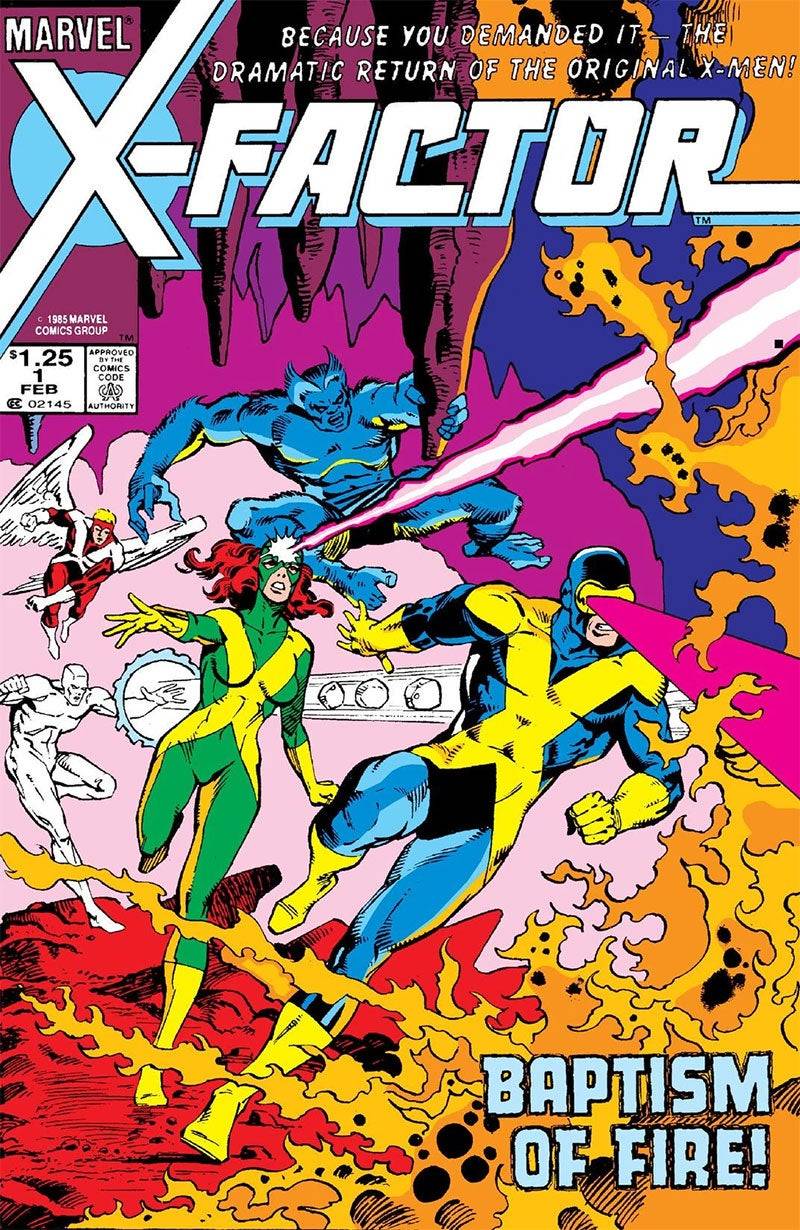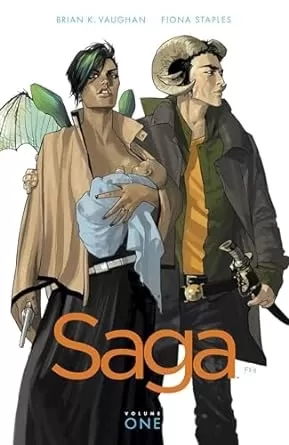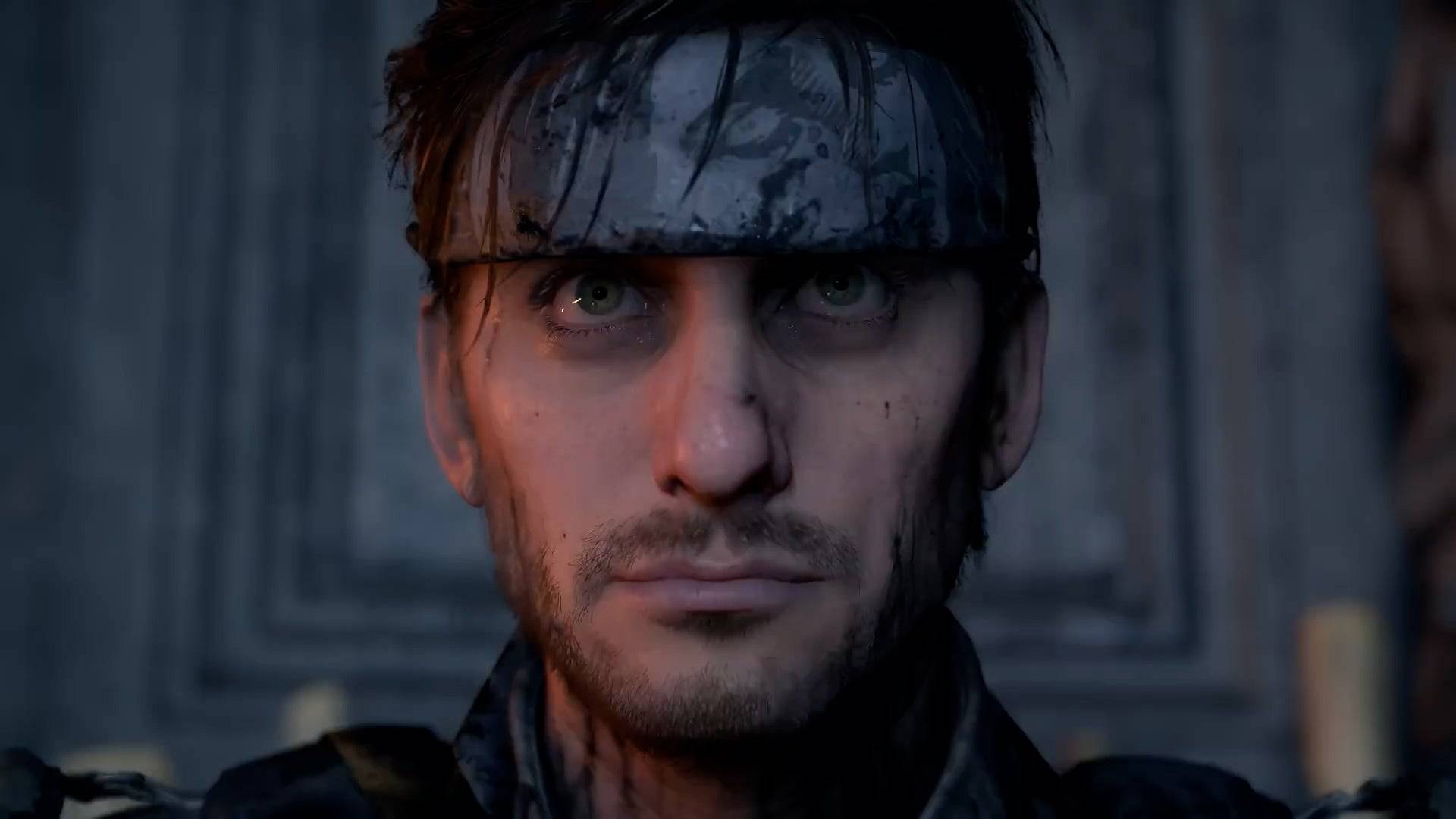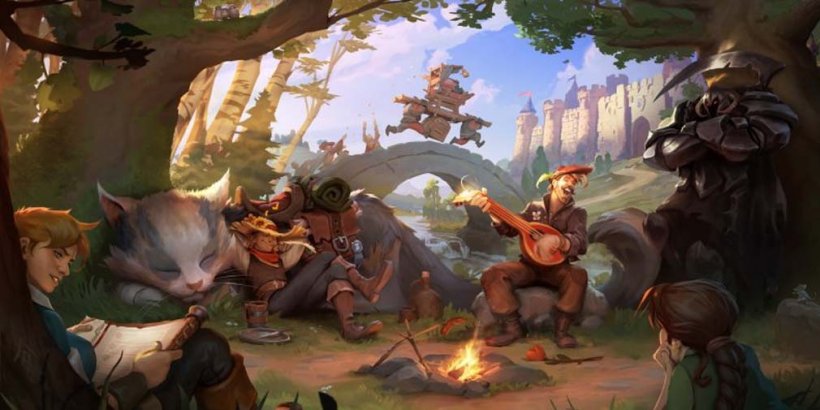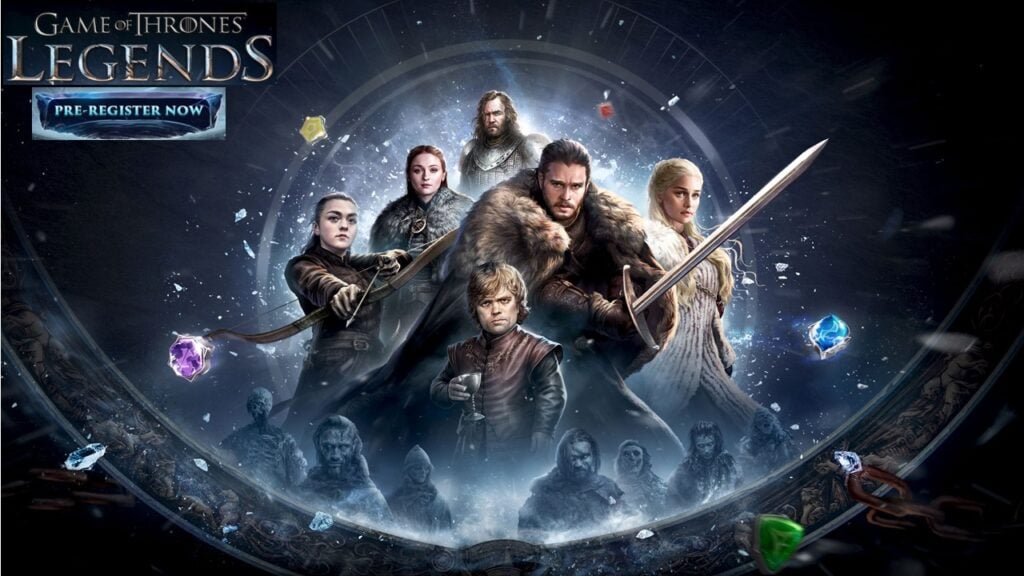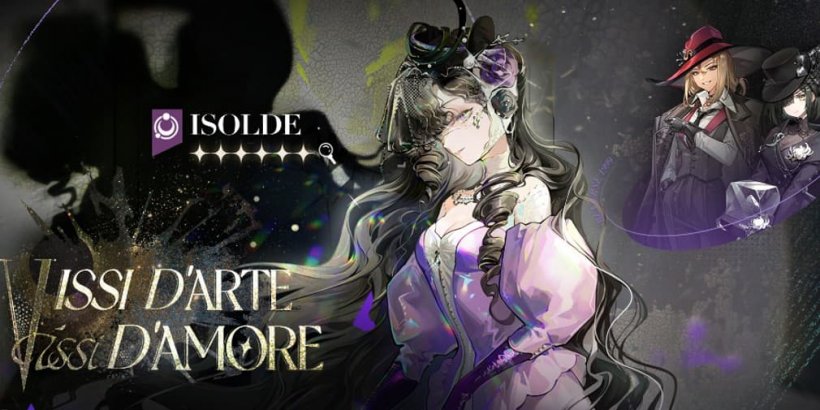Frank Miller Revisits Daredevil in Born Again
- By Mila
- May 14,2025
The mid-1980s marked a golden era for Marvel Comics, not only creatively but also financially. After navigating the turbulent financial waters of the late 1970s, thanks in part to the success of Star Wars, Marvel was poised to revolutionize the comic book industry with the release of Secret Wars in 1984. This event series had a profound impact on the Marvel Universe and the comic industry as a whole, ushering in a new era of storytelling and character development that would resonate for years.
This period also saw the publication of several other landmark stories, including Frank Miller's Born Again arc in Daredevil, the return of Jean Grey in X-Factor, and Walt Simonson's Surtur Saga in Thor. These stories, among others, not only pushed the boundaries of comic book narratives but also set new standards for character depth and plot complexity. In this article, we'll delve into these pivotal moments and other significant stories from the same timeframe. Welcome to Part 8 of our exploration of Marvel's essential issues!
More Essential Marvel
- 1961-1963 - The Birth of a Universe
- 1964-1965 - The Sentinels Are Born and Cap Dethaws
- 1966-1969 - How Galactus Changed Marvel Forever
- 1970-1973 - The Night Gwen Stacy Died
- 1974-1976 - The Punisher Begins His War on Crime
- 1977-1979 - Star Wars Saves Marvel From Bankruptcy
- 1980-1982 - Did the Dark Phoenix Saga Usher in the Greatest Decade for Marvel?
Frank Miller's Born Again and Walt Simonson's Surtur Saga
For those seeking acclaimed storylines from this era, Frank Miller's Born Again in Daredevil #227-233 stands out as a seminal work. Following his groundbreaking initial run, Miller returned to the character with David Mazzuchelli providing the art. The story follows Karen Page, who, in the throes of addiction, sells Daredevil's secret identity for heroin. The information reaches the Kingpin, who uses it to systematically dismantle Matt Murdock's life. Stripped of everything, Matt finds himself at rock bottom until his mother, Maggie, a nun, comes to his rescue.
Matt's gradual resurgence as Daredevil, juxtaposed with the Kingpin's descent into fanaticism, crafts a compelling narrative. This storyline was later adapted in Season 3 of Netflix’s Daredevil and inspired the upcoming Disney+ series, Daredevil: Born Again.
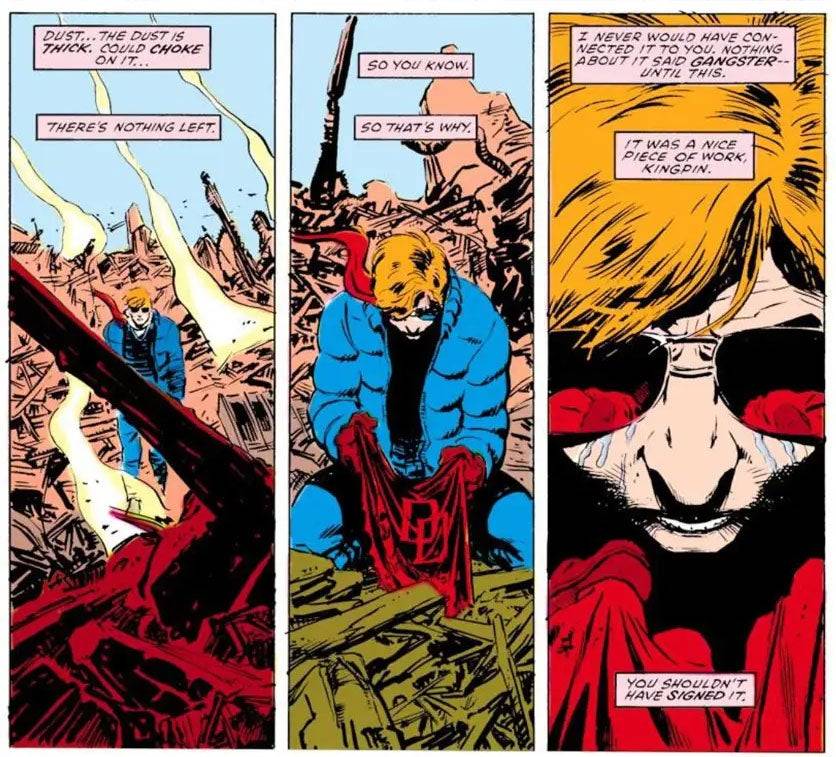
Simultaneously, Walt Simonson's tenure as writer-artist on Thor, starting with issue #337, introduced Beta Ray Bill and revitalized the series with a mythic fantasy tone. His magnum opus, the Surtur Saga (#340-353), pits Thor against the fire demon Surtur, who seeks to ignite Ragnarok with the Twilight Sword. Surtur's agent, Malekith the Accursed, battles Thor to delay him, leading to a climactic confrontation involving Thor, Loki, and Odin against Surtur. Elements of this saga were later incorporated into the films Thor: The Dark World and Thor: Ragnarok.
Secret Wars Changes Comics Forever
In Part 4 of this series, we explored how the 1973 Avengers/Defenders War set the stage for the event crossovers that would become a staple of Marvel and DC's publishing strategy. A decade later, this vision came to fruition with Secret Wars, a 12-issue miniseries crafted by then Editor-in-Chief Jim Shooter, with art by Mike Zeck and Bob Layton. Conceived as a marketing tie-in with Mattel, the series follows the cosmic entity the Beyonder, who transports a selection of Marvel's heroes and villains to Battleworld to determine the supremacy of good or evil.
While Secret Wars is celebrated for its expansive cast and lasting influence, it's often critiqued for its lack of depth in character development and narrative coherence. Despite these shortcomings, its success led to a sequel, Secret Wars II, and alongside DC's Crisis on Infinite Earths, established the event-driven storytelling model that would dominate the industry for decades.
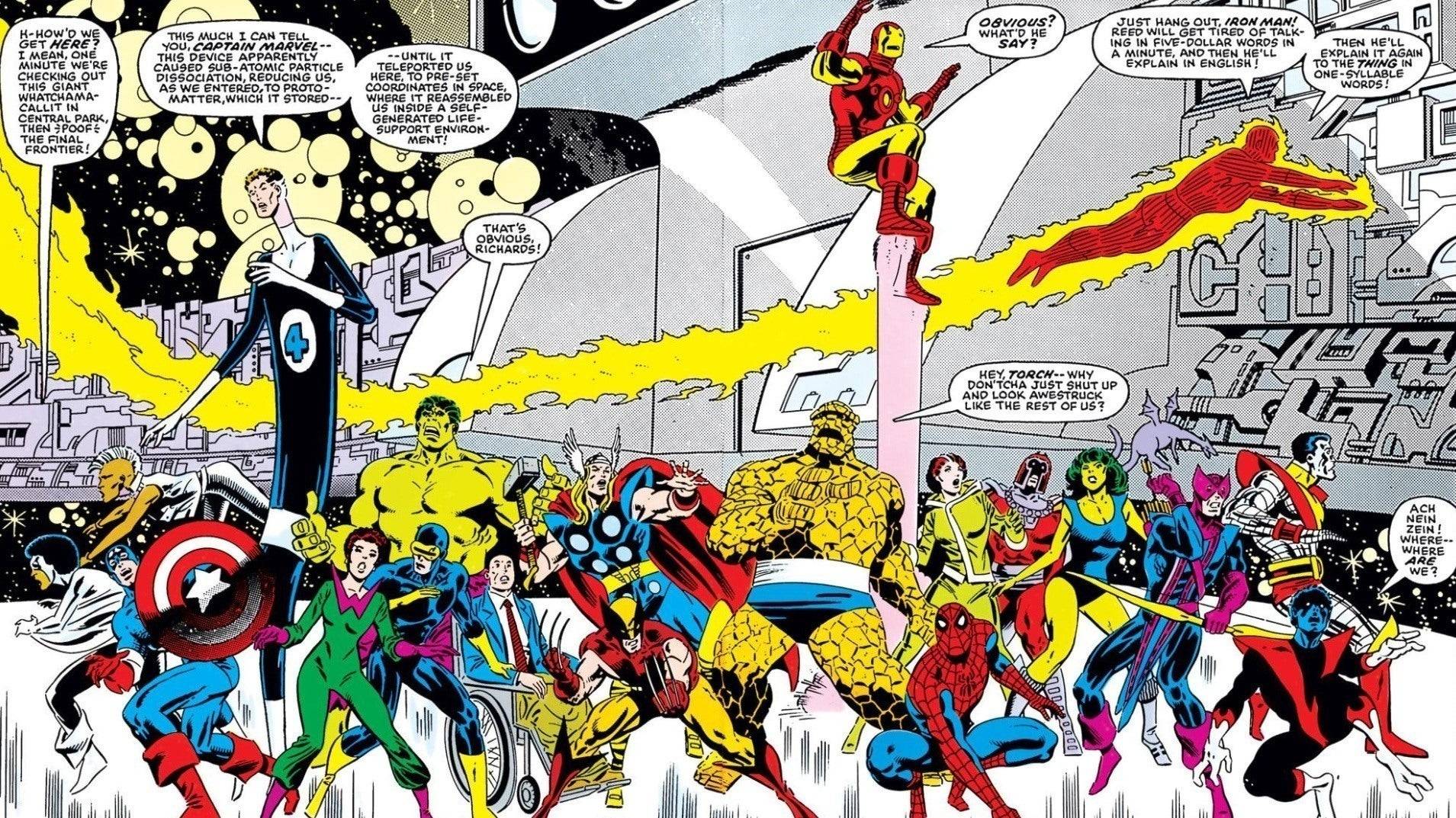
Spider-Man’s Symbiote Suit and Other Iconic Spidey Stories
Following the foundational work of Stan Lee and Gerry Conway, Roger Stern's tenure on Amazing Spider-Man from issue #224 marked a significant revival for the series. Stern's introduction of the Hobgoblin in issue #238 added a formidable new villain to Spider-Man's rogues' gallery. Although Stern's original storyline was cut short, his return in the 1997 miniseries Spider-Man: Hobgoblin Lives allowed him to complete his vision.
Concurrently, the debut of Spider-Man's black symbiote costume in Amazing #252, initially introduced in Secret Wars #8, sparked a storyline that would eventually lead to the emergence of Venom. This iconic look has been adapted across various media, including Spider-Man 3, Spider-Man: The Animated Series, and Insomniac’s Spider-Man 2. Another notable story from this period is The Death of Jean DeWolff in Spectacular Spider-Man #107-110, which delves into darker themes and pits Spider-Man against the Sin-Eater.
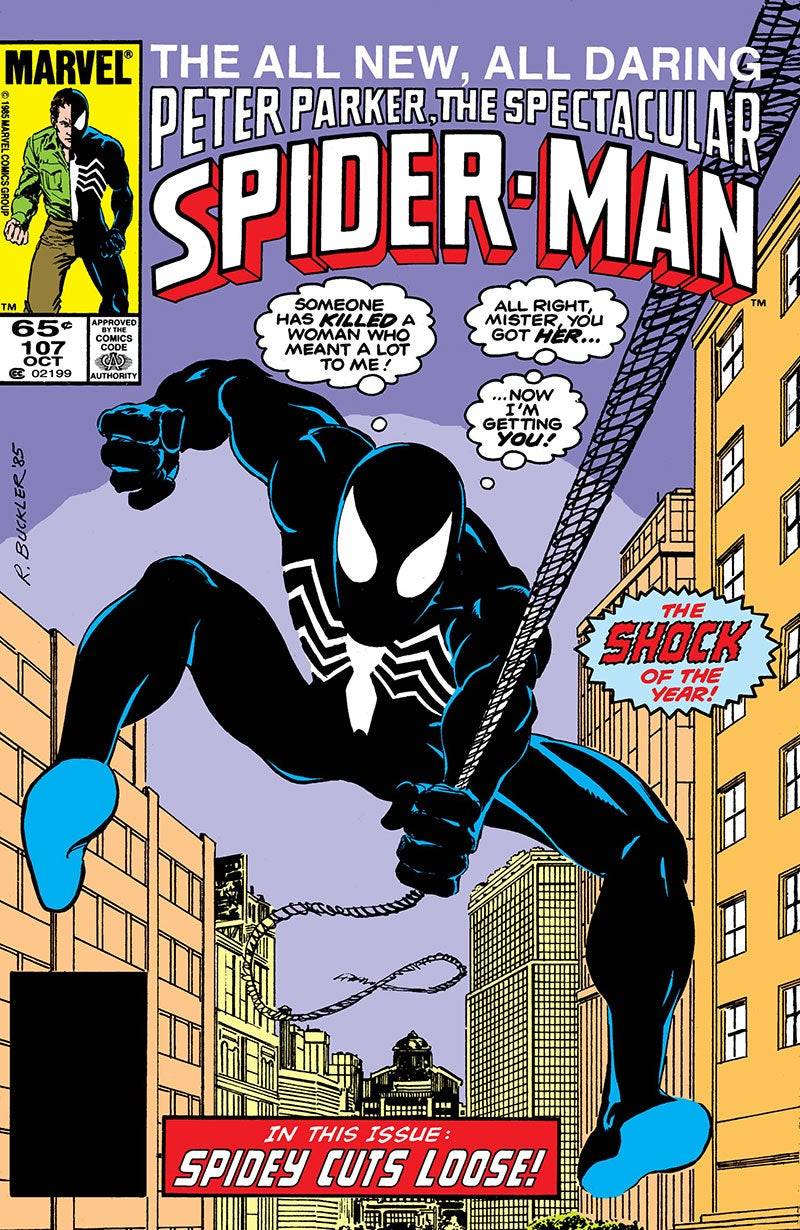
Jean Grey Returns, the Rise of Apocalypse, and Other Mutant Landmarks
The mid-1980s were also a transformative time for Marvel's mutants. Vision and the Scarlet Witch #4 confirmed Magneto as the father of Quicksilver and Scarlet Witch, a revelation that would remain canon for decades. X-Men #171 marked Rogue's transition from villain to hero, while X-Men #200 saw Magneto's trial and his subsequent leadership of Xavier's School, a storyline later adapted in X-Men '97.
The most significant developments, however, were the resurrection of Jean Grey and the introduction of Apocalypse. Following the Dark Phoenix Saga, Jean's return was chronicled in Avengers #263 and Fantastic Four #286, leading to the formation of X-Factor with the original X-Men members. Apocalypse, introduced in X-Factor #5-6, quickly became a central antagonist in the X-Men universe, influencing numerous adaptations and appearing in X-Men: Apocalypse.
